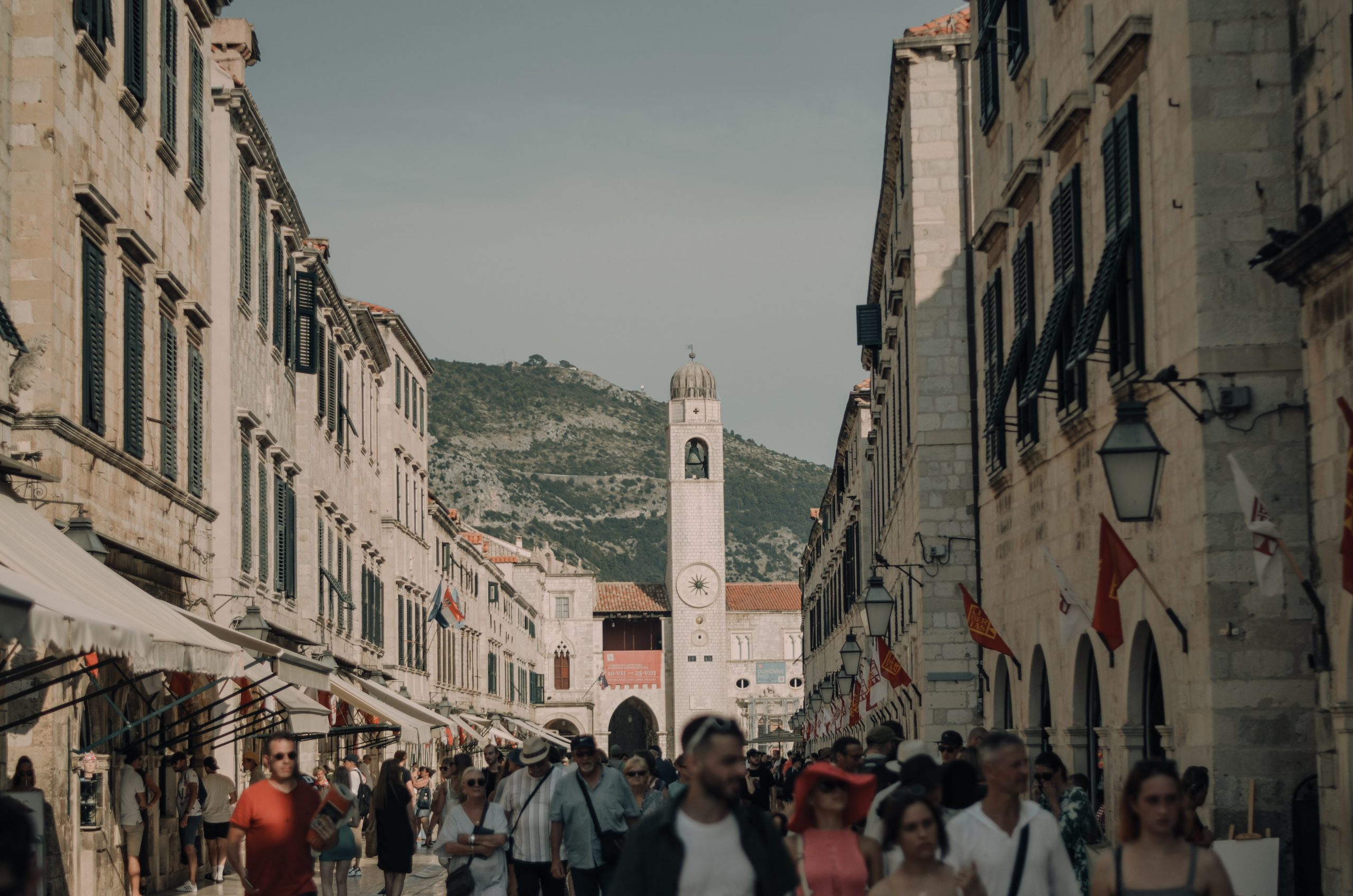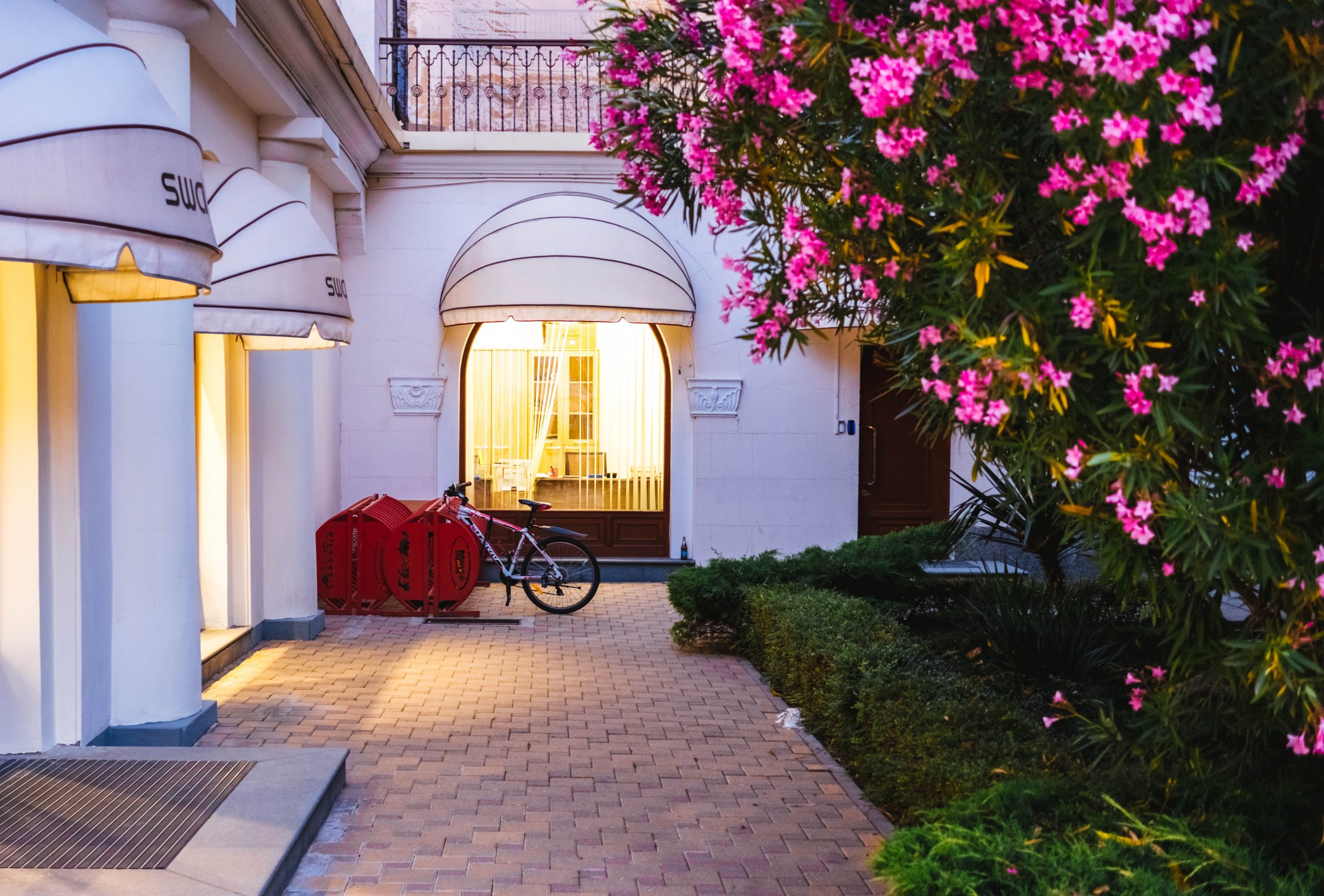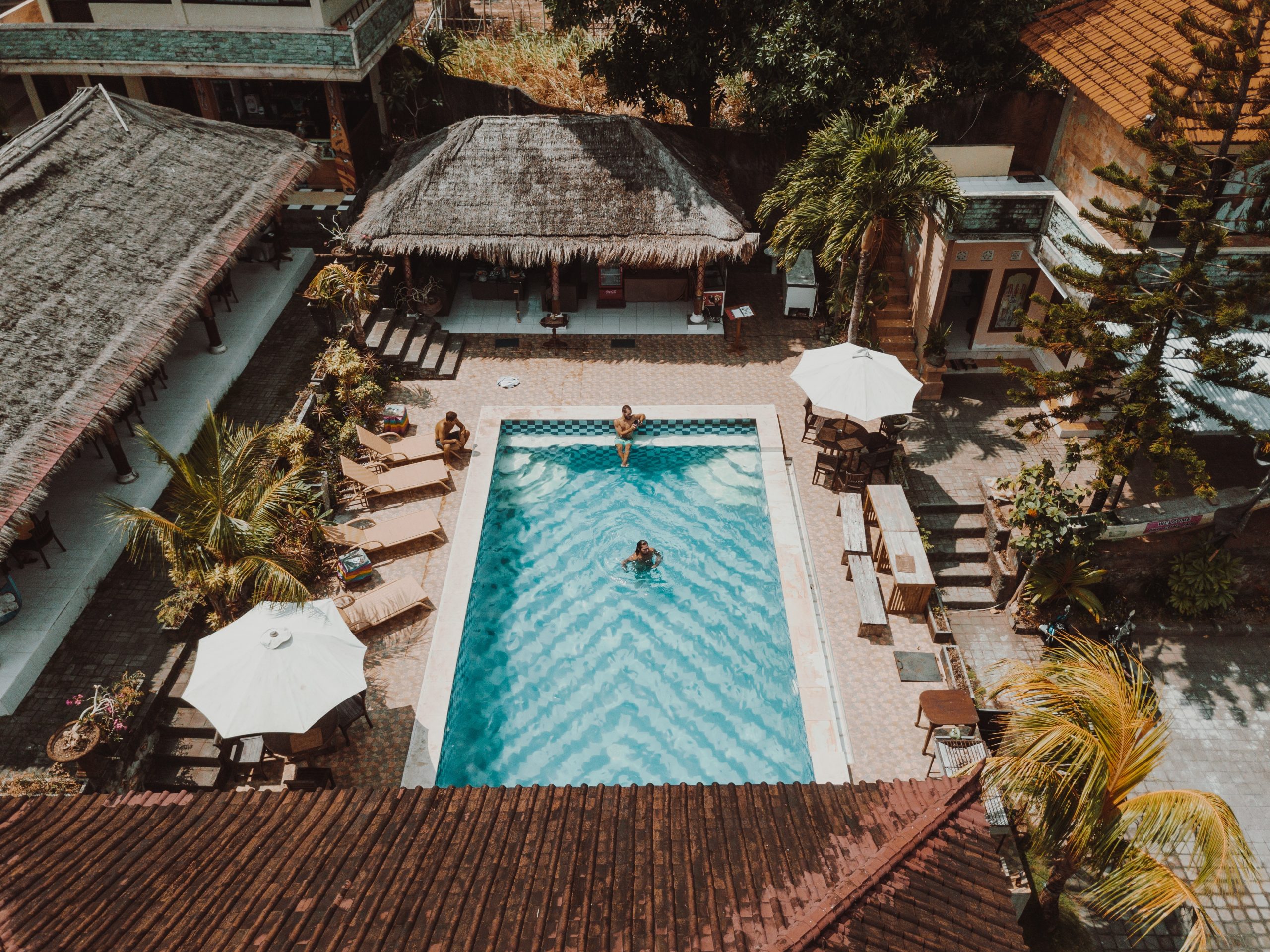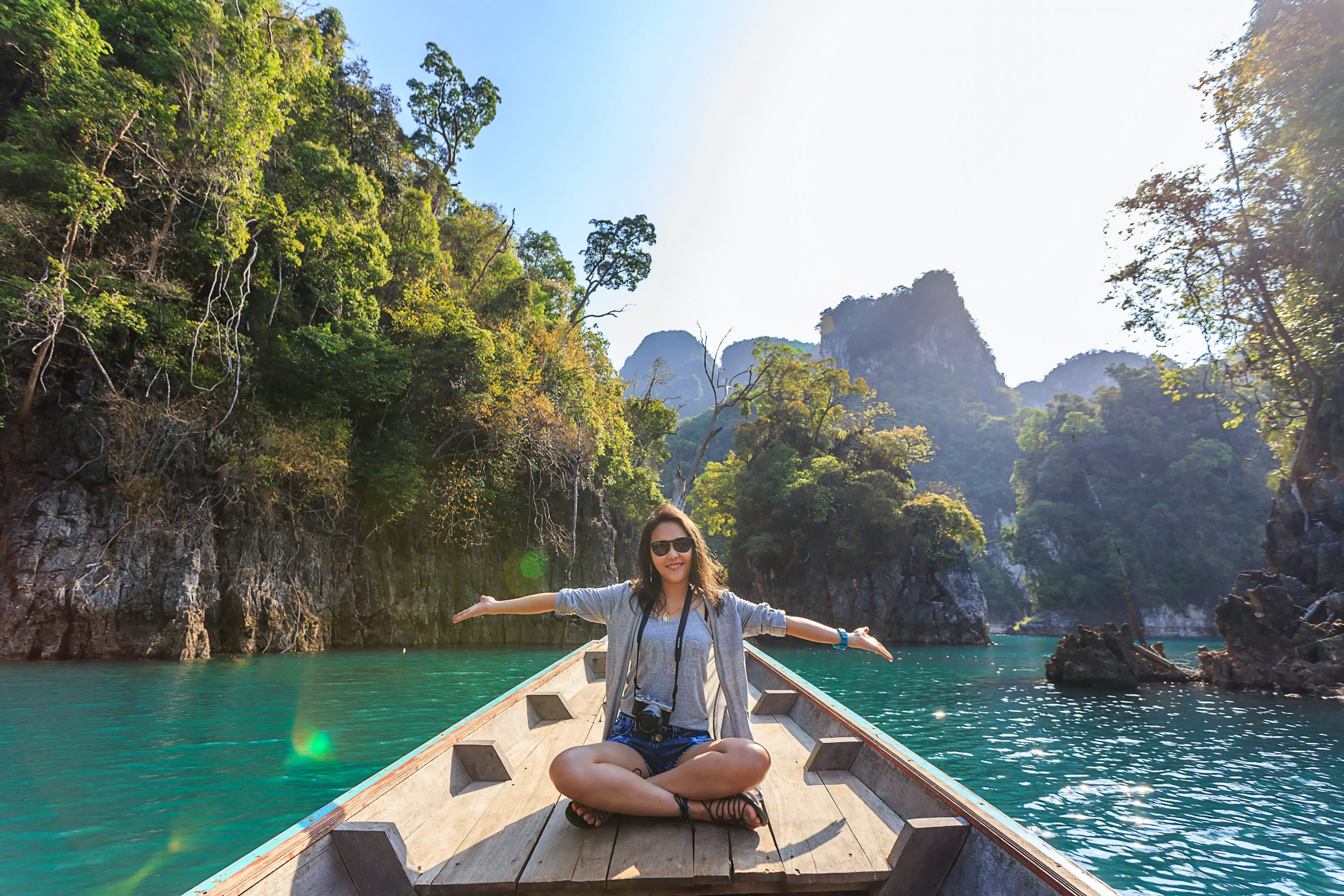Wellness is the new luxury in hotels
We live in an era where the awareness of well-being and health has become a guiding light in our daily decisions, and the COVID-19 pandemic, with its undeniable influence, has acted as a catalyst in how we perceive and value these aspects in our everyday lives, even influencing our choices when planning trips or vacations. According to a report by Grand View Research, the global wellness tourism market reached a value of $814.6 billion in 2022, with a projected steady annual growth of 12.42% from 2023 to 2030. Furthermore, the Wellness Tourism Market Outlook from Fact MR predicts this market to reach $2.3 trillion by the end of 2033, starting from $880 billion in 2023. Beyond the COVID-19 pandemic, social media plays a pivotal role in the evolution of this ongoing trend towards well-being. Influencers, well-known figures, and enthusiasts worldwide share their experiences in yoga, meditation, healthy eating, and self-care during their vacations, directly influencing travelers' expectations and reshaping not only what we expect from the destinations we visit but also what we demand from hotels. Just over a fifth (21%) of global travelers are currently traveling for health and wellness reasons, according to a 2022 Travel Trends study conducted by the luxury
The Evolution of Tourism and Hotel Performance in the Post-Pandemic World
The world of tourism and the hotel industry have witnessed a remarkable evolution in recent years, especially in the context of a world marked by the COVID-19 pandemic. According to the latest World Tourism Barometer from the World Tourism Organization (UNWTO), international tourist arrivals in the first quarter of 2023 have reached an impressive 80% of pre-pandemic levels, compared to the same period in 2019. This 86% growth from the previous year reflects the ongoing strength of international tourism, with approximately 235 million tourists traveling internationally during the first three months of the year. In this dynamic context, hotels play a fundamental role as they have had to adapt and evolve to meet the changing demands of travelers while providing memorable experiences. Emerging tourism trends As we have discussed on previous occasions, sustainability has become a key aspect of tourism in 2023. Travelers are increasingly concerned about the environmental and societal impact of their trips, charting new paths to destinations that not only captivate their imagination but also contribute to environmental conservation. Concrete examples of this trend include the growing demand for eco-friendly accommodations, the rise of volunteer travel, and the popularity of destinations with sustainability certifications. Furthermore, health and wellness tourism has taken on a
The keys to success in the tourism industry
The tourism and hospitality industry, with its unmistakable charm, is constantly in motion and evolution. In a world where mobility and curiosity are the norm, excelling in this competitive sector is an art that combines a passion for travel with the ability to offer exceptional experiences. In this article, we will delve into some of the essential keys to success in the tourism industry. Offering a unique and memorable travel experience: travelers seek more than just destinations; they crave experiences that differ from their everyday lives. Experiential tourism is a concrete example of this, as it is a growing trend where travelers increasingly seek authentic, memorable experiences that leave a positive impact on them. Adapting to market trends: the tourism sector is constantly evolving, so companies must stay up-to-date with the latest trends and adapt their products and services accordingly. For example, the increasing demand for sustainable travel has led many tourism businesses to offer environmentally friendly products and services. Continuous innovation: innovation is the backbone of success in any industry, and tourism companies must provide innovative products and services. As Zurab Pololikashvili, Secretary-General of the World Tourism Organization (UNWTO), pointed out, "tourism companies must leverage new technologies to offer more personalized and
Recycling, waste management, and other initiatives for a more sustainable hotel industry
The hospitality industry is one of the largest and most prosperous in the world, generating approximately $7.7 trillion in global revenue in 2022. However, it is also one of the most polluting. A study published in Nature Climate Change estimates that the hospitality industry is responsible for 8% of global greenhouse gas emissions, while data from the World Tourism Organization (UNWTO) predicts that CO2 emissions from tourism will increase by at least 25% by 2030. Given the challenge posed by climate change and the responsibility that falls on renowned corporations and brands, it is my pleasure to address in this article the actions that major hotel chains are taking to reduce their environmental footprint. One of the primary sources of pollution in the hospitality industry is waste. Hotels, restaurants, and other tourism businesses generate significant amounts of waste, including paper, plastic, glass, and metal. This waste can have a detrimental impact on the environment, contributing to climate change, air and water pollution, and biodiversity loss. In this regard, in recent years the hospitality industry has begun to take measures to mitigate its environmental footprint, with a key strategy being recycling. A significant example is the commitment of the Hilton hotel chain, known for
Sub-Tourism: An Alternative to Addressing the Challenges of Mass Tourism
Tourism is one of the world's largest industries, and its growth has been steady in recent years. According to data from the World Tourism Organization (UNWTO), in 2019, an estimated 1.465 billion international trips were made, marking a milestone in the industry's history. However, the COVID-19 pandemic in 2020 represented an unprecedented setback for the sector. With grounded airplanes, closed hotels, and travel restrictions worldwide, the number of trips plummeted dramatically to 406.98 million. Despite the challenges faced by the industry, UNWTO reported that by 2022, approximately 962.80 million trips were recorded worldwide, demonstrating astonishing growth of 136.95% compared to 2020. These figures underscore the sector's resilience and adaptability, prompting questions about how we can maintain a balance between this rapid growth and sustainability. One of the most pressing challenges of mass tourism is its impact on the environment and local communities. The overexploitation of tourist destinations can deplete natural resources and disrupt the daily lives of host populations. In response, UNWTO has acknowledged these issues and promotes sustainable tourism as a solution. This involves adopting environmentally friendly practices and fostering healthy cultural interaction. In this context, the concept of "sub-tourism" emerges as an alternative. It involves seeking more authentic and less crowded
The evolution of boutique hotels: personalized and exclusive experiences
In a world where hospitality and comfort converge with individuality and exclusivity, boutique hotels have emerged as beacons of light in the modern hotel industry. According to a report from the Statista Research Department, the boutique hotel market in the United States experienced a significant recovery, projecting to reach $23.18 billion in 2022. This resurgence is even more remarkable considering the decline in 2020 due to the COVID-19 pandemic and subsequent reduction in travel. In 2021, the boutique hotel sector in the United States hosted a total of 3,797 companies, a significant increase from the 3,352 the previous year. Optimistic projections anticipated that the number would reach 4,487 in 2022, demonstrating continued confidence in the potential and sustained demand for these unique and personalized experiences. The evolution of the market size not only reflects an impressive recovery but also a consistent growth in the number of sector companies over the last decade. The Impact of Boutique Hotels on the Hotel Industry The influence of boutique hotels on the hotel industry cannot be underestimated. These distinctive establishments have introduced a revolutionary approach that highlights individuality and personalized attention. While traditional hotel chains offer a uniform experience, boutique hotels stand out for their distinctive character and
Hospitality as an alternative investment
The hospitality industry is one of the largest and most dynamic in the world, with millions of people traveling annually in search of unique and memorable experiences. This sector not only fulfills the purpose of providing unforgettable moments for travelers but also generates millions in revenue and provides employment opportunities for numerous people. The rise of hospitality as an investment In recent years, the hotel sector has experienced steady and sustainable growth worldwide. According to a Statista report, in 2023, the global hospitality market reached nearly 4.7 trillion dollars and was projected to grow to 5.8 trillion dollars in 2027, with a compound annual growth rate (CAGR) of 5.5 percent. Undoubtedly, hospitality, with its focus on customer satisfaction and the creation of meaningful experiences for visitors, has emerged as an extremely attractive investment option. As people seek more genuine experiences during their travels, there has been a shift towards a greater demand for boutique accommodations, eco-resorts, adventure tourism, and unique gastronomic options. Now, let's explore a little about how hospitality has become a viable option for investors and how this industry offers a fresh and constantly growing perspective. Stability and resilience: while financial markets may be volatile, the hospitality industry tends to be more stable
The influence of social media on the choice of tourist destinations
Recognizing the undeniable role of social media in shaping our travel plans is as evident as acknowledging that the sun is always shining. In the interconnected world we live in, it has become natural to turn to these digital platforms in search of inspiration, recommendations, and a glimpse into the experiences of other travelers. However, the real extent of social media's impact on our travel decisions remains a fascinating and enigmatic topic. While it's no secret that social media plays a significant role in vacation itinerary planning, the true magnitude of its influence remains a captivating mystery waiting to be unraveled. According to a Morning Consult report, 92% of Generation Z users in the United States use social media, with 54% of them spending at least four hours a day on these platforms. Furthermore, Gen Zers stated that they spend more time interacting with their peers per week, on average, through video games (65%) than in school (64%) or at work (51%). These numbers highlight the omnipresence of social media in the daily lives of young people, and this reality directly impacts their travel decisions. A fascinating example of social media's influence on the choice of tourist destinations can be observed in the
Luxury Experiential Tourism: Enriching Journeys Beyond Conventional Travel
As the tourism industry evolves, a space has opened up for those travelers who seek more than just ordinary vacations. But what drives them to search for experiences that go beyond the conventional and immerse themselves in a world of opulence and meaning? In recent years, luxury tourism has experienced exponential growth. According to a report by Allied Market Research, between 2016 and 2022, this segment had a compound annual growth rate (CAGR) of 6.4%. But what's even more impressive is that over the past five years, its growth has outpaced that of the overall tourism industry, with an average increase of 48%. This data reveals a growing demand for experiences that offer exclusivity, personalization, and an unmatched level of luxury. On the other hand, according to the report "Luxury Tourism in Spain 2015" by The Ostelea School of Tourism and Hospitality, key criteria for luxury travelers include the degree of luxury in accommodations, with 46.4% of travelers considering it the most important aspect; transportation in business or first class, mentioned by 18.1%; and the exclusivity of the activities carried out, mentioned by 17.3% of respondents. In this context, iconic destinations have become havens for those seeking enriching experiences. For example, Bhutan, known
Digging into California’s truffle industry
Few delicacies say “fine dining” like truffles. Notoriously hard to harvest, these luxe fungi can cost thousands of dollars, making them some of the most expensive ingredients. (Like the world’s largest white truffle, which sold for a whopping $61,000 in 2014.) Truffles are high maintenance. In addition to different truffles species needing their specific climates and trees (where they grow on the roots), they can take up to 20 years to develop. The mushrooms are also hard to find once they’re ready, so truffle hunters usually need a trained pig or dog to point them in the right direction. After all the harvesting work, truffles only stay fresh enough to eat for less than a week. These hard conditions don’t just justify the high cost of truffles, they also make growing them in your own backyard a little more convenient–and profitable. Just ask farmers in California. Where in the world are truffles? Although truffles require a long list of specifics before they can make it to world-renowned restaurants, surprisingly they can grow in several areas. However, most culinary truffles come from Europe, including Italy’s coveted white truffle. While Italy, France, and Spain still dominate the truffle market, countries like Australia (now the fourth-largest truffle industry in the world), New Zealand,










